| A | B |
|---|
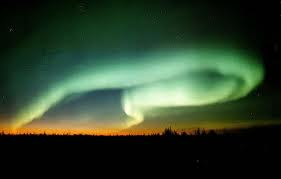 | aurora borealis |
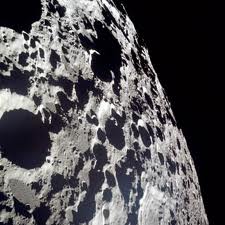 | craters |
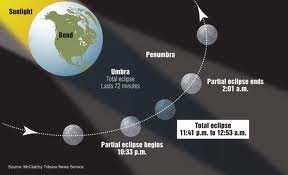 | Earth's penumbra & umbra zones |
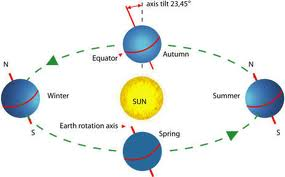 | Earth's seasons are related to its revolution/orbit around the Sun. |
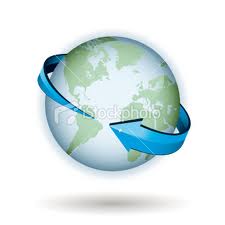 | rotation |
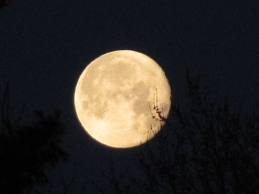 | full moon |
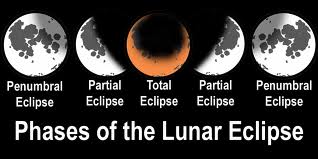 | lunar eclipse phases |
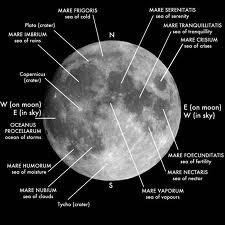 | marias |
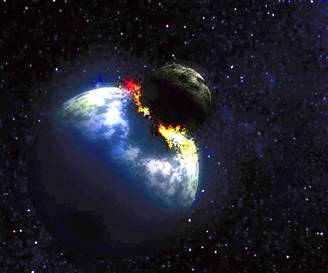 | Impact Theory of Moon's formation |
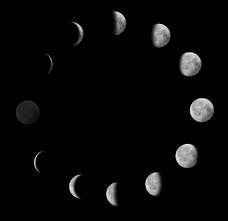 | 8 phases of the Moon |
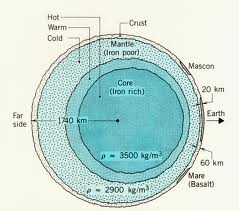 | Moon's structure |
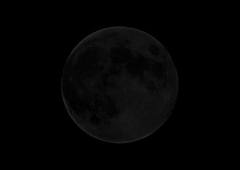 | new moon |
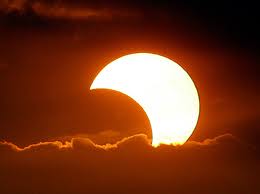 | partial solar eclipse |
| part of something; not whole | partial |
| complete; all of something | total |
 | Planetray Motion Law 1: Elliptical Orbits |
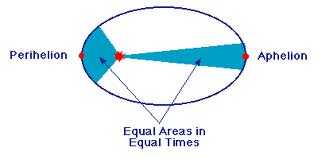 | Planetary Motion Law 2: Equal Area Law |
Astronauts left their footprints in this, 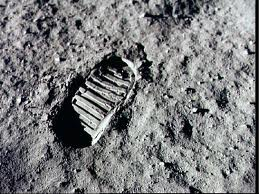 | regolith |
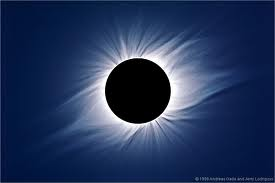 | Sun's corona is visible |
 | total solar eclipse with corona and solar flares |
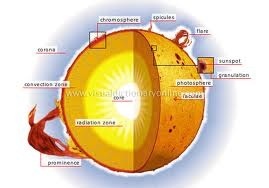 | Sun's structure |
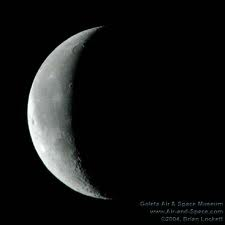 | waning crescent moon |
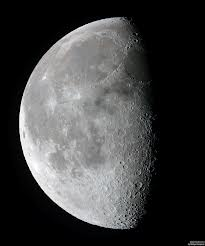 | waning gibbous moon |
 | waxing crescent moon |
 | waxing gibbous moon |
| perigee | Moon is closest to Earth in its orbit |
| apogee | Moon is farthest from Earth in its orbit |
| extremely small meteroid particles | micrometeoroids |
first manned mission to land on the Moon,  | Apollo 11 |
| Moon's gravity | one-sixth (1/6) of Earth's |
| visible | can be seen |
tilted,  | not straight |
depression,  | an area that is lower than its surroundings |
| eclipse | to cover and keep from being seen or noticed; can be partial or total |
| 50 minutes later each day | Moon's rising and setting changes |
| umbra | darkest part of shadow |
| penumbra | partial shadow |
| 7.5 minutes | length of a solar eclipse |
| vernal | spring (season),  |
| equinox | "equal night" |
| autumnal | fall (season),  |
 | first quarter moon phase |
 | last quarter moon phase |
| day when summer or winter begins | solstice |
| 27.3 days | Moon's period of revolution |
| 27 days, 8 hours | Moon's period of rotation |